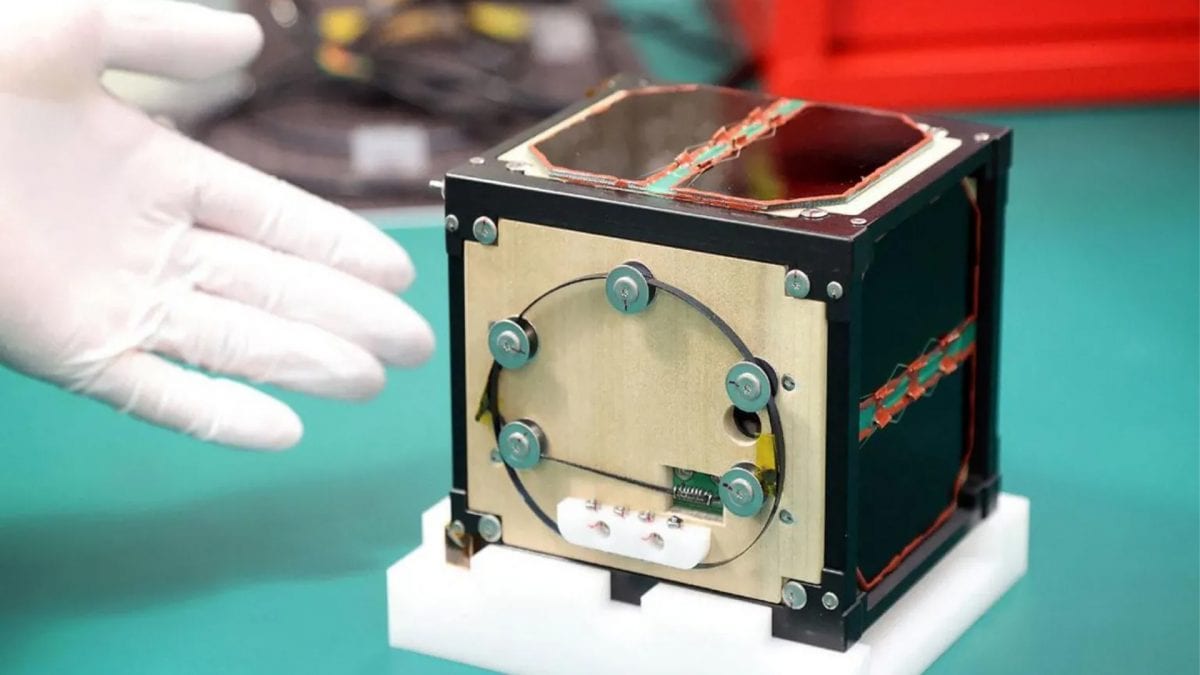
Japan has taken a step into sustainable space exploration by launching the world’s first wooden-panelled satellite, LignoSat, to test if wood can serve as a viable material for future space missions. Developed by researchers at Kyoto University, the satellite weighs just 900g and was recently launched aboard a SpaceX mission headed to the International Space Station. Once it reaches its destination, LignoSat will be deployed into orbit around Earth, where it will spend six months testing the durability of timber in the harsh conditions of space.
LignoSat’s wooden panels, crafted from magnolia wood using a traditional Japanese method that avoids screws and glue, represent a novel approach to satellite design. Researchers believe wood could one day replace certain metals in space technology, with potential applications for building colonies on the Moon or Mars. Unlike on Earth, wood is expected to endure space conditions well, as the absence of water and oxygen removes risks of rotting or combustion, noted Professor Koji Murata from Kyoto University.
The concept of using wood in space may not be entirely new. Dr Simeon Barber from the Open University in the UK pointed out that wood, like cork, has already been used on spacecraft as a heat-resistant material during re-entry. The Soviet Union, for example, utilised cork to help lunar rovers grip the surface.
However, Dr Barber emphasised that wood presents challenges due to its unpredictable properties, making it difficult to use in critical structural components where strength needs to be accurately measured. With LignoSat, scientists are keen to examine how timber holds up against radiation, temperature extremes, and the vacuum of space. The small satellite’s design combines wood with traditional aluminium structures, along with sensors to monitor the wood’s behaviour.
While it’s not entirely made of wood, the experiment aims to uncover potential for wood as a sustainable, renewable material in spacecraft construction. In addition to its renewable nature, wood could be more eco-friendly than metals when satellites re-enter Earth’s atmosphere. As space debris has become a growing concern, materials that burn up with less pollution are attractive.
Dr Barber, however, remains sceptical that wood will solve the space junk problem, arguing that even though wood may reduce metal contaminants, more material might need to be carried in the first place just to ensure it burns up completely upon re-entry. This mission serves as a step towards understanding the possibilities of wood in space technology, potentially inspiring a shift to more sustainable and innovative materials for future exploration..














